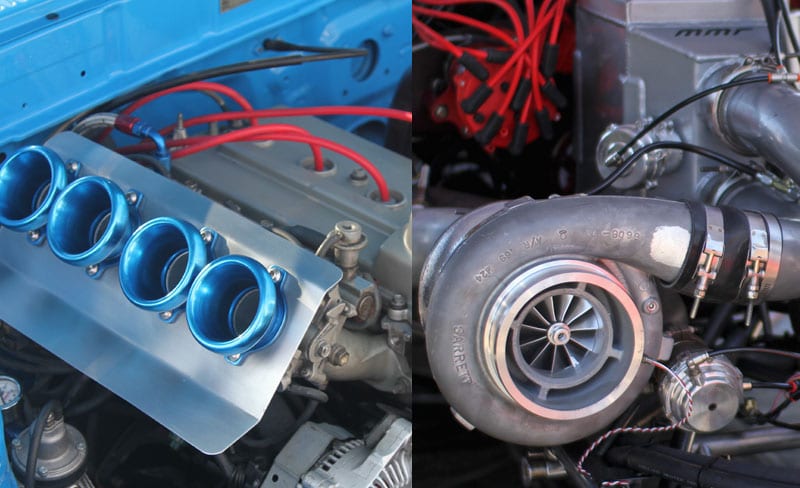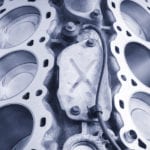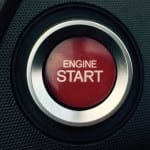The car market has never been so exciting to buy from as it is now in 2016. The used car market is booming and offers plenty of variety, while the new car market offers technology and safety that seems almost futuristic. As far as performance technology goes, that’s been evolving for years. For 2016 in particular, it seems like more and more automakers are moving towards turbocharged engines, and forgoing the naturally aspirated route. For some, you’re probably wondering what the difference between the two is.
Thankfully, I have the answers. But before we talk about the difference so you can figure out which type of engine is right for you, let’s talk about some similarities that many engine types share.
Three Key Components Shared Between These Two Engines
Regardless whether it’s a supercharged, turbocharged, or naturally aspirated engine, all gasoline-powered engines need three key components to run: spark, fuel, and air. Even diesel engines require a form of ignition to light the fuel and air mixture, but it’s not done by spark plugs. Instead, in a diesel engine, the fuel and air gets compressed together, and then ignites when it’s been compressed tightly enough.
Turbocharging; No Longer Just for Performance Cars
Turbocharging technology isn’t anything new; in fact, it’s been around for more than a century. But, it has evolved quite a bit. It’s no longer just for performance cars like it was back in the day. Now even Honda has turbocharged engines for its sedans. Ford’s EcoBoost engines employ turbocharging technology, and is the reason why they’re so successful.
When you turbocharge an engine, you aren’t actually altering the engine itself. Instead, turbocharging simply increases the power output of the engine without significantly increasing the engine’s weight. A turbocharge is actually a type of forced induction system that compresses the air flowing into the engine. What’s the benefit of compressing the airflow? It lets the engine squeeze more air into the cylinder, and more air means room for more fuel. More air and more fuel in a cylinder means a bigger bang, creating more power from each explosion compared to a naturally aspirated engine.
In the end, the power-to-weight ratio is much better for a turbocharged engine compared to a naturally aspirated one.
Naturally Aspirated
A naturally aspirated engine is an internal combustion engine in which the air intake relies solely on atmospheric pressure, which is the exact opposite of the force induction turbocharged engines use.
Even though a turbocharger is able to provide a greater power to weight ratio, it does come with some turbo lag, meaning the power is a little slower to reach the wheels. A naturally aspirated engine doesn’t have this issue, but loses out on that power boost.
Therefore, it all comes down to preference. Turbocharging and naturally aspirated engines each have their own ups and downs, and it’s important that you at least understand the basic difference between the two. That way, you’re able to figure out which engine is going to provide you with better performance.



